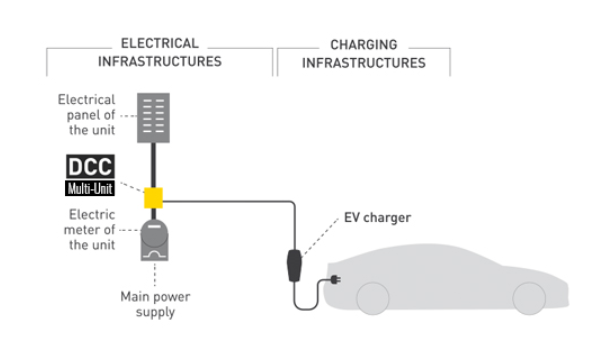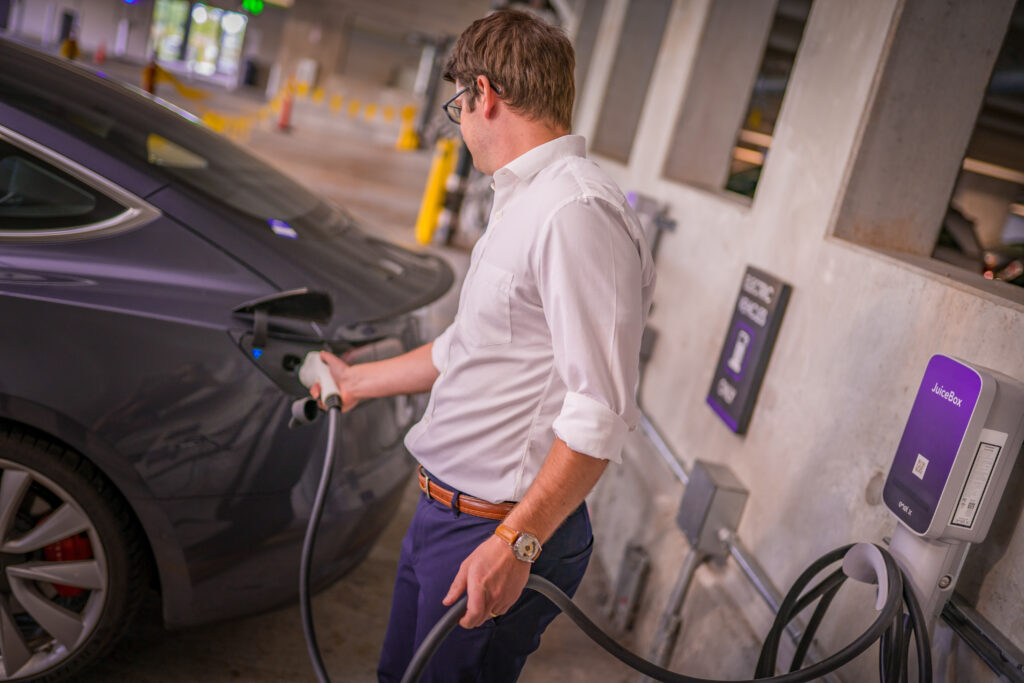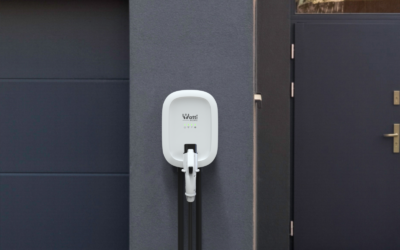The Coming Wave of EV Adoption
Around the world, electric vehicles are making waves as the choice mode of transportation. While Tesla is perhaps best known in the industry for their line of electric vehicles, other major manufacturers such as Hyundai, KIA, Ford, GMC, and Volkswagen have entered the arena to compete for electric vehicle supremacy.
Less than 10 years ago, Canadian drivers were extremely limited in options for electric vehicles. They were forced to choose between the Nissan Lead, the Mitsubishi i-MiEV or the Tesla Model S. Now, there are more than 40 fully electric or plug-in hybrid (PHEV) models on the market in Canada.
With the rise in competition and range of selection, it’s no wonder than electric vehicle sales are skyrocketing around the world. In Canada, sales are lagging, but the tide is shifting. While 2020 has seen large-scale supply disruptions caused by COVID-19 contribute to a decline in all vehicle sales in Q1 and Q2 2020, electric vehicles actually increased their market share, making up 3.3% of vehicle sales in Q1 and Q2 2020 versus 2.7% in the same period in 2019.
Obviously, there are still huge strides to be made. The federal government has set ambitious targets of 10%, 30%, and 100% electric vehicle adoption by 2025, 2030, and 2040 respectively. But the trends are encouraging. And this coming demand for electric transportation will see a corresponding rise in demand for EV charger accessibility. Drivers will want to be able to ‘top-up’ their EVs at their places of work and play, as well as their homes. And it’s becoming increasingly apparent that building owners, operators, and developers have a massive opportunity to get ahead of the demand for EV chargers.
Getting Started with EV Chargers
For commercial property owners and operators considering offering charging to their tenants, customers, or employees, it may seem overwhelming to decide on the details of setting up EV chargers.
Common questions include: Where should I locate EV chargers? What type of charging should I offer? Can I charge for it and how much?
If you’ve wondered about any of these – read on!
Where Should EV Chargers Go?
Step one is to decide where to locate EV chargers and EV specific parking spaces. There are two things to weigh against each other when making this decision: convenience for you and convenience for your customer.
The first is to locate your EV spaces as close as possible to the existing electrical system. There are two pros to this approach:
- Reduce the cost associated with bringing electricity to the selected parking spaces since the electrical system is readily accessible
- EV chargers typically come with a standard wall mount bracket, meaning that placing them outdoors, away from a wall, generally requires extra mounting hardware as well as possible trenching and further cabling
The second thing to consider is how conveniently located the parking spaces should be for users. This is often a more difficult decision to make, as the most convenient spaces for tenants are not necessarily located near existing electrical equipment.
In general, the optimal location for EV charging installation is going to be on the wall of a parking garage, as this will help control the amount of labour that goes into the installation. If the charger is going outdoor, the closer to the building it can go the less complicated it is to install. And giving these premium parking spots to EV drivers is a great way to reward them for going electric!
What Type of EV Charging Should You Offer?
Step two is to determine the desired charging capacity your building will need to have. For apartments/condos, workplaces, and businesses, Level 2 EV charging is almost always the way to go (and until December 10, 2020, you can get government funding to help pay for it). A Level 2 charger uses a NEMA 14-50 plug on a 240V outlet to double the power available to the charger. Further, from a development standpoint it’s not much more difficult to offer a Level 2 type charger in a space as opposed to Level 1. Level 2 simply means a 240V outlet while level one utilizes a 120V wall socket.
Installing EV Chargers During Development
If you’re in the design or development phase of a project, what should you do to prepare your building for EV charging? Sizing your building’s service appropriately is key. Some municipalities are requiring that new buildings are developed with 80%(!) of parking spaces to be “EV-ready”. This does not mean the charger has to be put in place, but the necessary electrical work needs to be done so the charger can simply be mounted on the wall and turned on. Make sure you consult a professionally licensed engineer to understand what sizing your service for up to 80% of parking spaces to be electric means for the size of service.
Retrofitting Buildings for EV Chargers
So, what should you do if you’re considering adding EV charging to an existing space and you’re unsure if the electrical system can handle it? First, consult someone with in-depth knowledge of the building’s electrical system. Determine the parking locations on your property where the existing electrical system can most easily be wired to the parking space. If you are unsure if your building has the necessary electrical capacity to support EV charging there are some work-arounds to consider. For example, the DCC-9 electric vehicle energy management system can let you avoid costly electrical upgrades by skirting around the issue of service size. It uses current monitoring devices to control power delivered to an EV charger such that a building’s existing electrical service is never over-loaded. 
So, What’s In It For Me?
The third piece of the EV charging puzzle to consider is whether you intend to collect revenue from the use of chargers at the building. Whether you’re looking to turn a profit or merely recoup your electricity costs, you’ll have to decide on a payment and revenue collection system.
Some systems simply allow for credit card transactions to take place directly at the charger site, much like paying for parking at a traditional parkade. Others, like JuiceNet for JuiceBox, allow administrators to control charging station access, set prices, manage demand charge, and lets drivers pay from an app on their smartphones.
Different use-cases call for different payment arrangements. If your building is going to be seeing frequent traffic from repeat visitors, such as an office or a multi-unit residential building, payment may be most easily administered through an app that users download. If the parking location sees a wide variety of visitors, such as at a restaurant, a public parking lot, or on-street parking, then it may make sense to install a “unmanned payment terminal” on site for easy acceptance of credit card payments.
Putting It All Together
Electric vehicles are steadily gaining in popularity in Canada. The shift from internal combustion to electric transport is going to send reverberations through the marketplace. If you are a manager of a commercial space, especially one where your tenants or clients are going to be parking and staying for extended periods, its time to start planning for this coming wave.
While there are numerous factors to consider, if proper planning steps are taken now, your building can be future-proofed for the shift towards electrified transport.
Interested in preparing your property or development for EV adoption and the government funding available? Get in touch with our Renewable Energy Specialist, Matt, for more information.




